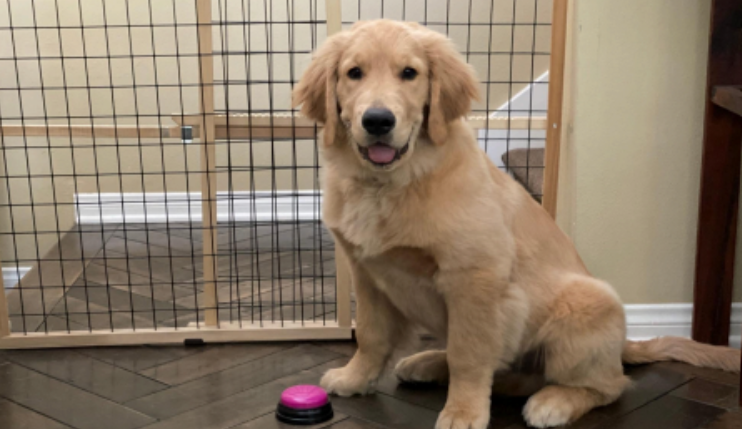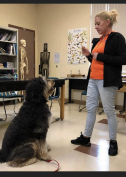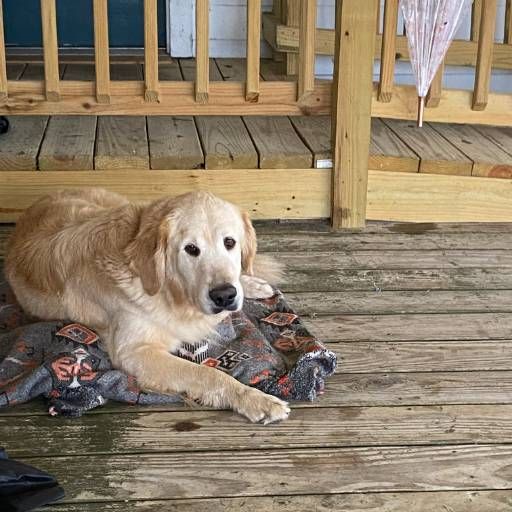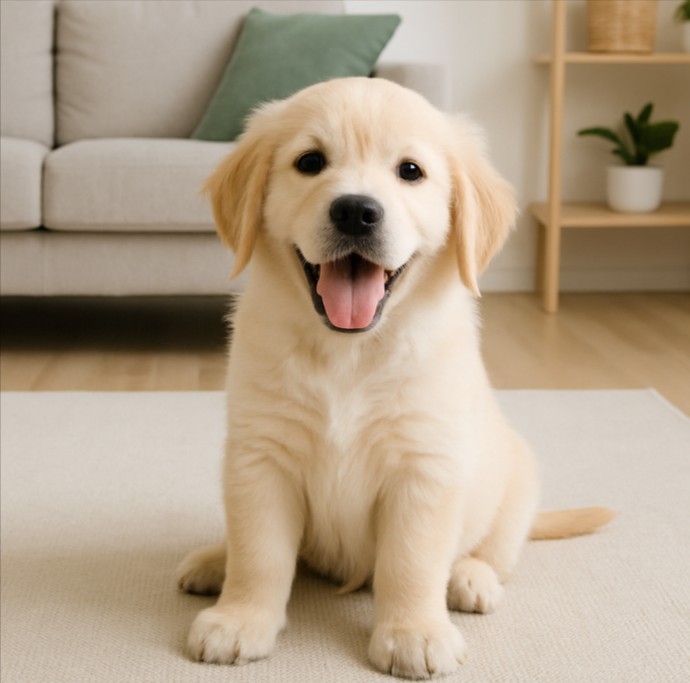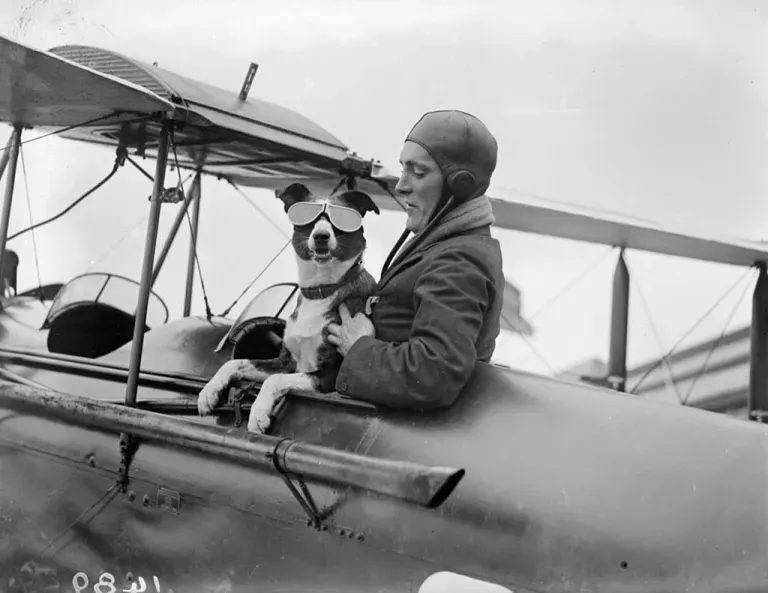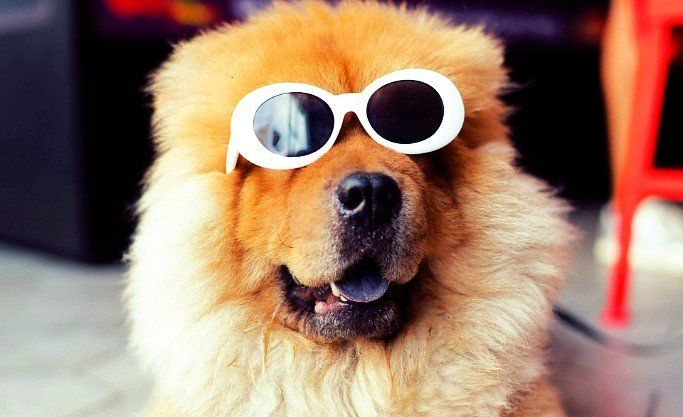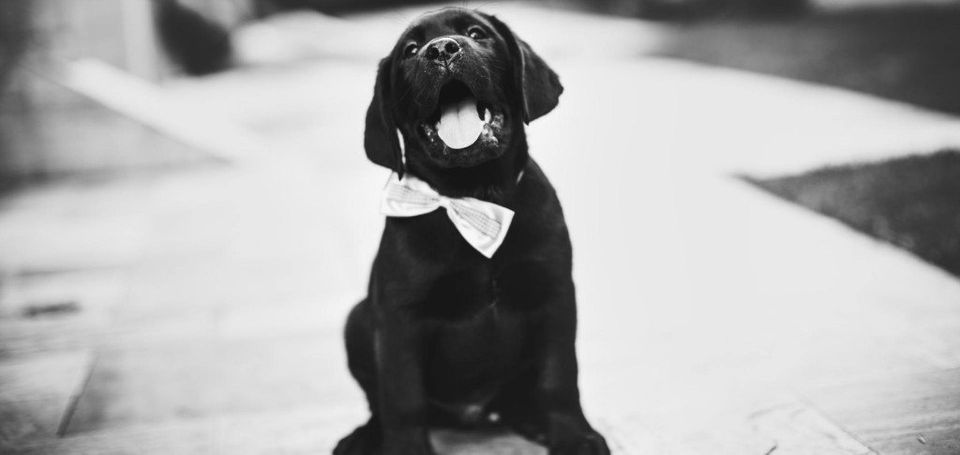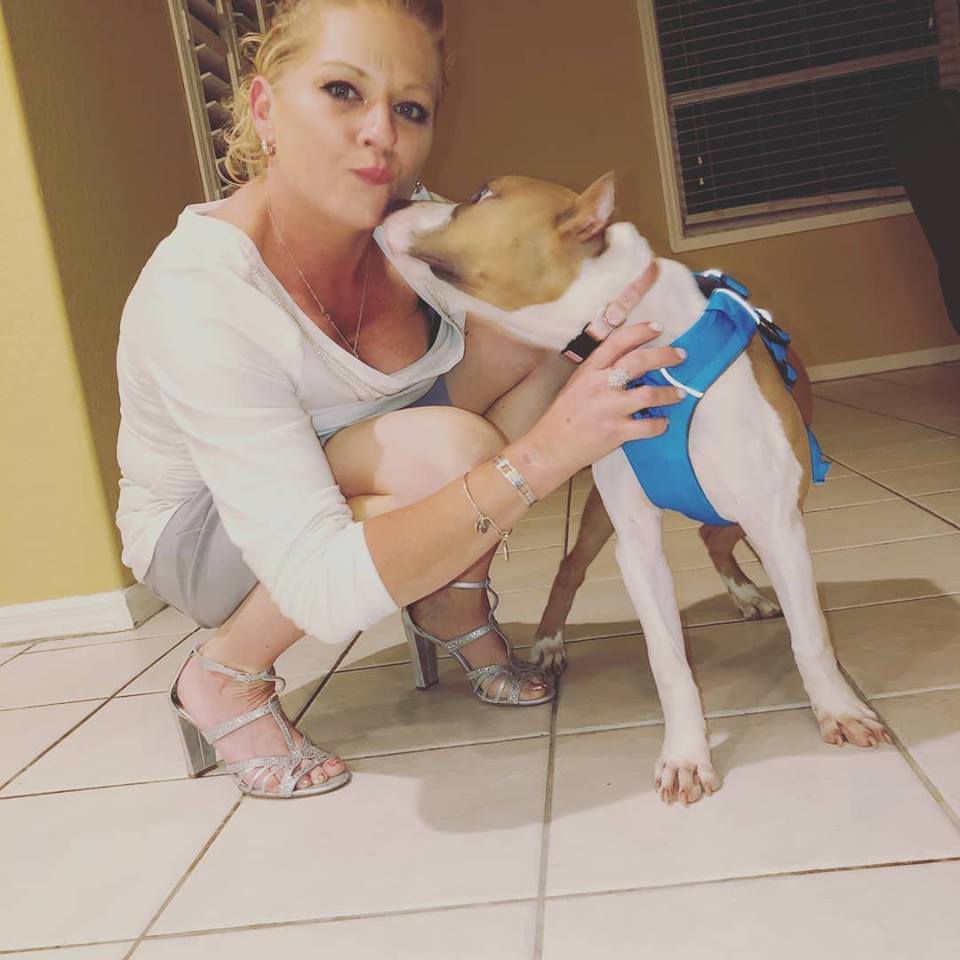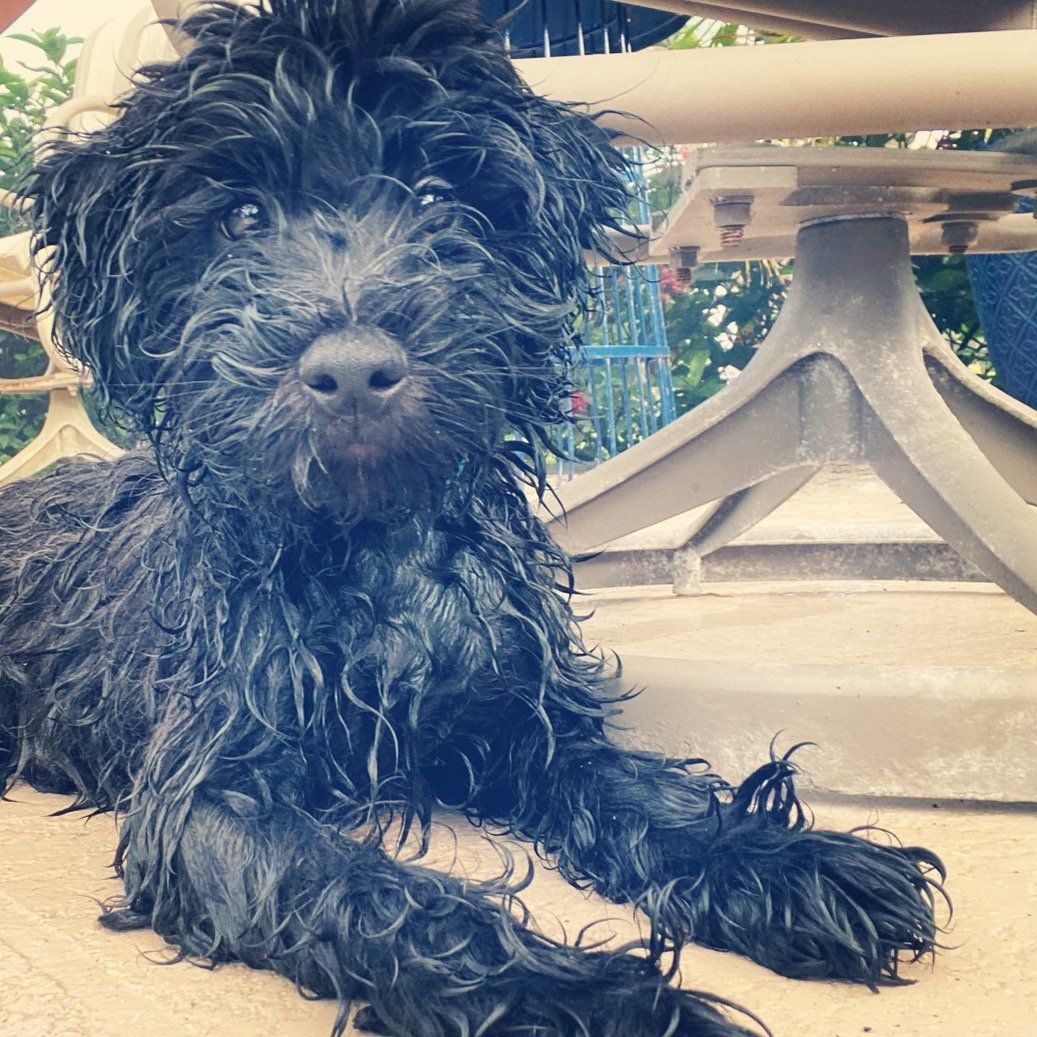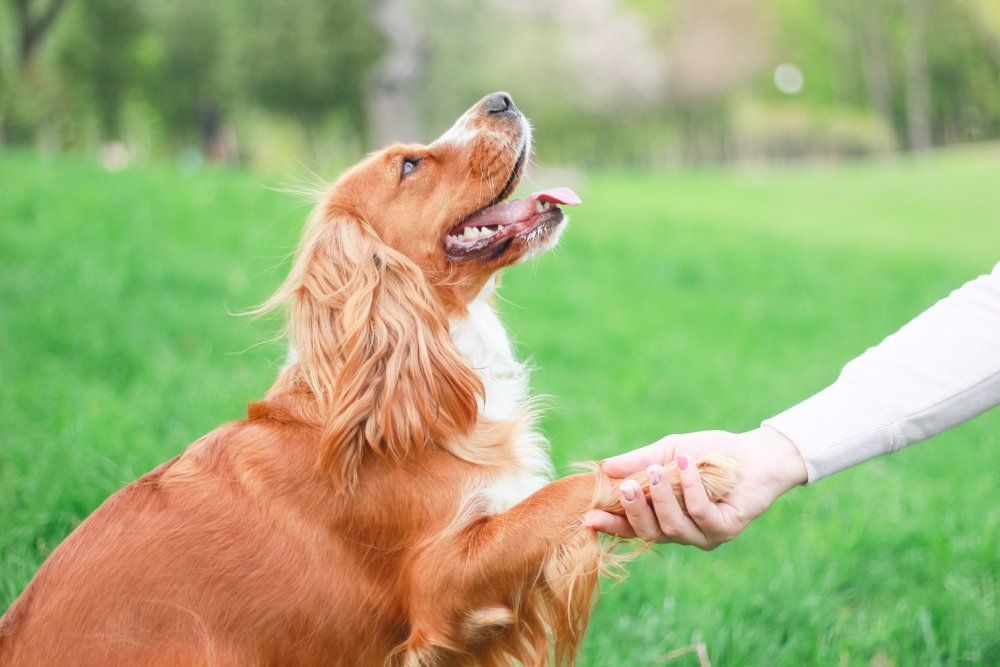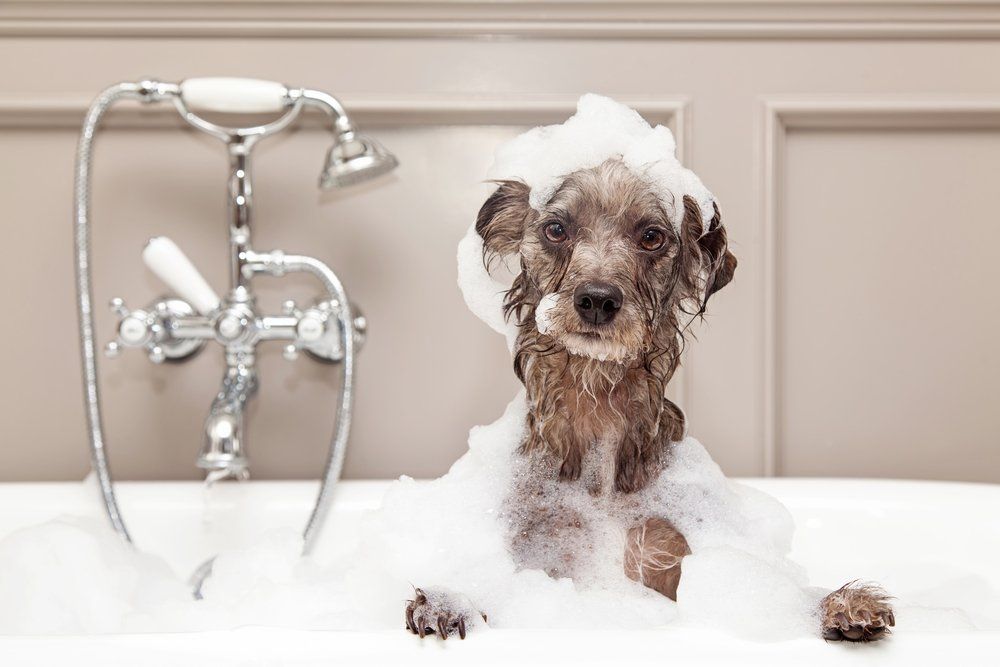Dog Trainer Secrets for Amazing Dog Tricks!
Dog Tricks with Clickers from Naples top dog trainer
Dog Trainers have a bag full of training tips that always amaze. In this article, I am going to give you some of their best kept secrets. Clicker training can enable your dog to be equipped with skills such as bringing their food bowl or finding something within a little time frame. To be exact, this training can be done within ten minutes.
Highly trained dogs are well known to perform easy and complex tasks such as answering a phone, assisting the owner do shopping, recognizing low blood sugar, opening the fridge and many others. Making your dog be able to do these things can be done with 10 minutes daily training.
Clicker training.
Clicker training is the most certain way to equip your dog with complex skills. This type of training ensures the dog is aware that whatever he is doing is the right and correct thing. This can be accomplished even when you are not close to your dog. For example, you can click the eye in a slight motion. The behavior of your dog is enhanced through clickers. You should always accompany clickers with treats which serves as a motivation to the dog in that every click he follows he gets a treat.
Clicker method is a way in which dogs are trained is the surest most ultimate dog training styles if you wish to teach your puppy or new dog the standard commands such as sit and stay. This kind of training takes a bit of patience at first but will soon bring about wonderful results as you see your dog training efforts pay off.
How Clicker Training for dogs Works
The famous scientist Pavlov discovered that dogs could react in a predictable way to the sound of a bell ringing. He soon started preparing them by utilizing the ball purposely. With the clicker technique, you are training your dog to obey a particular command in conjunction with the sound of a special dog training clicker. The sound of this instrument can be heard from quite a distance away and even above the sound of traffic and other noisy distractions. When you give a command, and the dog obeys, you signal their cooperation with a click. The dog will soon associate the clicker and the praise and reward with the action such as sit or stay and want to be rewarded even more.
To get started with clicker training, all you need is a cheap clicker and a bag of your dog's favorite treats. Remember that the click is the reward for your dog obeying the command you give, along with a treat to reinforce his desire to be obedient.
Don't ever click without it being clear that the dog has obeyed your command and is being rewarded. Click and give them a treat. Try to be consistent with the words you use for the commands you give so that you don't confuse the dog. Command, click if he does well, then gives him a treat, is the correct order to follow each and every time.
How to Get Started With Dog Clicker Training
Always be clear about what you want the dog to do, sit, stay, come. Give the order firmly. If they do it, click and give a reward. Repeat this several times in order to reinforce the command and the click.
They will soon start to associate the sound of the click with the action you wish them to perform. The other benefit of dog clicker training is how instantaneous it is. The clicker gets their attention right away, making them alert and eager for a treat. The click is even faster than the word "Sit."
Continue with the training until the dog responds as quickly as possible to your command. Also, make sure you don't overdo the treats. Remember that dogs are eager to please, so a click and then words of praise and attention are just as good as a whole pile of dog treats.
Command-Based Dog Training
Once your dog is well-trained using the clicker, the next phases are to get him to respond to a spoken command so that you can continue your dog training even without a clicker. The dog will start to anticipate the command even before you click. He will also be eager for his reward. Command, click, treat, or praise will soon become second nature to you both, and the dog will associate him following its owners command and a nice reward or treat.
Dog clicker training enables you to give a sharp, short clear order or command to keep your dog under control no matter what the status. Dog clicker style of training is one of the easiest ways to train a cooperative and happy dog.
You may opt to purchase a special dog training clickers or utilize something that can produce a consistent noise. For doubling the clicker and the treat ensure that once you click wait for one second and give the dog a treat. A repetition of this for ten minutes will ensure the dog clearly understands what it needs to do to get the reward. Having achieved that one can proceed to more complex skills.
General tips;
You should always ensure the sessions of training are precise and short to make sure that concentration is enhanced. 10 minutes is enough. You should always treat your dog after a click precisely in three seconds. When equipping your dog with complex skills ensure the rewards are more.
Training should aways be fun for your pet, that being said ensure that every session ends on the high. If he doesn't get the skill right away ask him to do something he is familiar with and then give him a treat. Below are some training advice on how to shape behaviors using the clicker method.
Teaching attention.
The basics of equipping a dog with skills are to teach it how to pay attention. You should call his name and click and if he turns to you give him a treat. Do this continuously until it becomes a routine behavior.
Take it.
This can work with a toy. Put the toy to the ground and if he picks it up, give him a treat. If he does not pick it instantly do not panic, click and if it looks at the toy reward him, then click and if it moves closer to the toy reward him. Do this until he picks it up. When he finally picks it to repeat the process simultaneously to ensure he gets the behavior.
Bring it.
To get your dog to pick up a toy use the command 'take it'. Then give it a treat once it attempts to bring it to you. Do this simultaneously until it is reliable. Then use the phrase take it and bring it simultaneously.
Teach names.
If you want your dog to get you something specific be it your slippers or newspaper ensure it learns different names. To begin with, making your dog touch your hands using its nose and then click. Place the item in your hand and ensure it touches it once you call the items name out. Then click and reward it.
Speak.
For your dog to speak on any sound you make, ensure it gets excited until he barks. The click and treat. Then accompany a bark or speak with a reward. This can be done easily using the door bell, a click or a tap on the wall. Reward it if it barks or even attempts to.
Training your dog to get you something.
Since your dog has already had already learned to bring something just upgrade the process by saying the name then telling it to pick it and then bring it all together. Then reward it accordingly.
Teaching it to go to someone.
This can help especially in finding you kids. First, you teach it the name of your kid using a stick. Then click and when the dog goes to the child reward it accordingly. This is not a difficult task, and once it learns it, there is no going back.
Teaching the dog to find something or someone.
This begins with teaching your dog to recognize the smells of different objects or people. You can use a toy and make it smell it. Then hide the toy and allow your dog to find it. When it finds it reward him. You can use the phrase 'find' and progressively hind the object at more complex places. This will ensure he solely relies on the smell. Once it locates the object, reward it well.
There is, however, a small addition when it is looking for a person. If he already knows his name, then you can simply call out his name and command him to 'find.' If for example, he finds your child, award him with a treat.
If you have a dream of having your dog being so skilled, do not panic as you can train him using ten minutes a day. You will definitely reap the benefits of this because it will gain increased royalty.
Training review.
Every click comes with a reward. Your dog needs to know that a click means a treat.
Look for a reward your dog loves especially when its belly is empty and craving for something to eat.
Ensure that the sessions of training are precisely short to avoid boredom. The session should strictly not exceed ten minutes.
Every session should end on a high note. This can be achieved by ensuring the behavior it likes practicing comes at the end and the reward follows.
When the dogs fully understand the skill give it a lump-sum of rewards. This makes it understand it faired well.
If the dog struggles to get a given skill, stop practicing it at that moment and back on a trick it is well versed with.
This ensures the training always ends on a high note.

